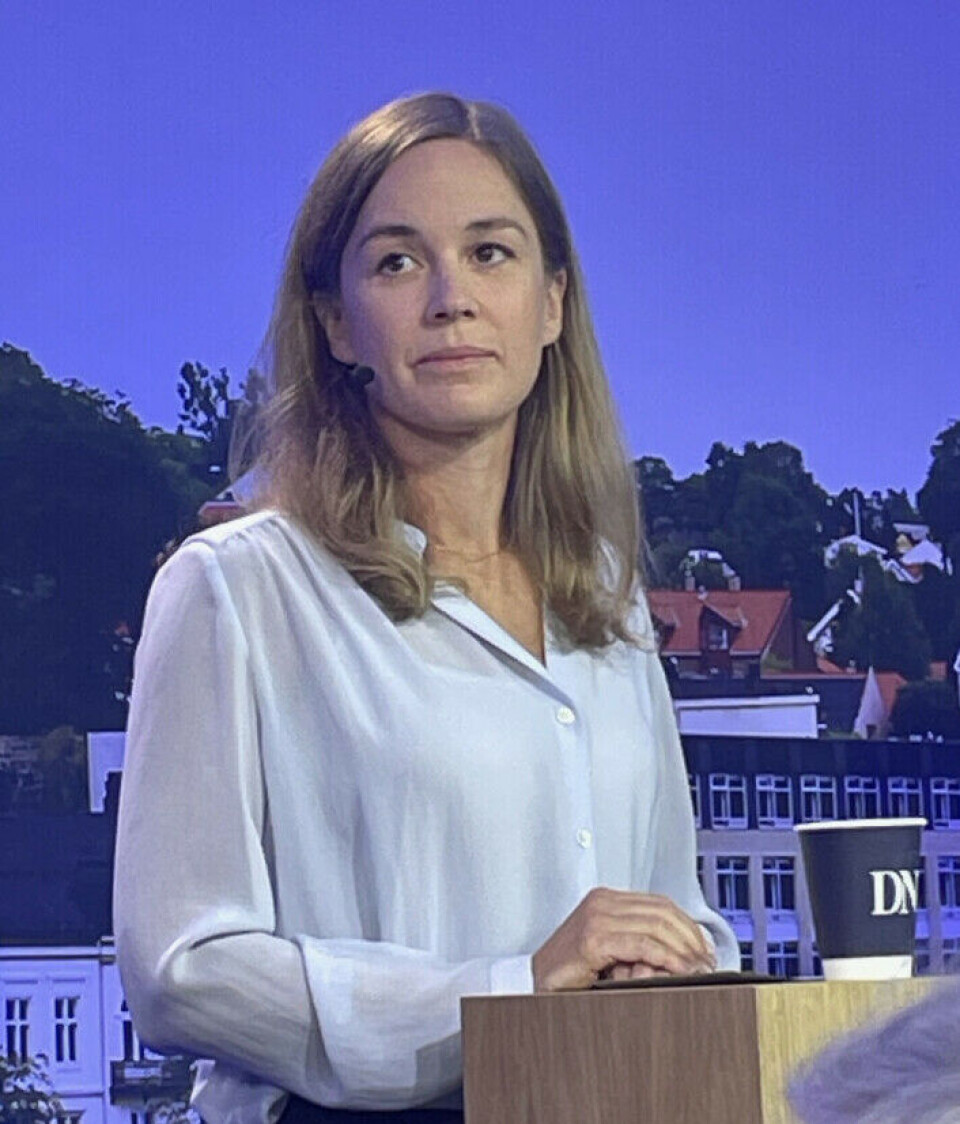
The Norwegian Oil Fund is valued at 1.7 trillion USD – so why aren't taxes in Norway lower?
Researchers are questioning why all of the oil revenue is being utilised by the state.
Over the past 15 years, Norwegian politicians have used almost the entire revenue they collect from the Oil Fund every year to increase public spending.
Hardly any of it has been directed towards lowering taxes for those living in Norway.
Why is this the case? Researchers at BI Norwegian Business School have some theories.
"Strange"
“It’s a rather strange development we’ve had,” Karin Kinnerud tells sciencenorway.no. She is an assistant professor at BI’s Department of Economics.
- Public spending as a percentage of gross domestic product (GDP) now accounts for 62 per cent of Norway’s mainland economy.
- Sweden and Denmark also spend a lot of money on public services, but both remain below 50 per cent.

Unique to Norway
The increase in public spending in recent years is unique to Norway.
“We haven’t observed this trend in Sweden, Denmark, or other Eurozone countries,” says Kinnerud.
She believes it would be logical for politicians to use some of the Oil Fund’s revenue to lower taxes, rather than solely increasing public spending.
The BI researcher discussed this issue during Arendalsuka, an annual political event in Norway. The debate also included politicians Mahmoud Farahmand (Conservative Party) and Kari Elisabeth Kaski (Socialist Left Party).
What do the right and left think?
Farahmand and Kaski represent two opposing sides of the political spectrum. The Conservative Party and the Socialist Left Party typically have different perspectives on tax cuts.
The right generally advocates for tax cuts, with common arguments being that it stimulates economic growth and creates jobs.
The left, however, tends to believe that tax cuts widen social inequality and risks diminishing welfare services.
Both sides have contributed to increased spending
Researcher Karin Kinnerud finds it intriguing that this development has continued, regardless of whether the left or the right has been in power in Norway.
Public spending has consistently increased, no matter who was in government.
“Yes, both the right and the left have contributed to this increase over the last 15 years,” she states.

Lower taxes could have positive distributional effects
Gisle James Natvik, a professor and researcher at BI Norwegian Business School, has served on the Advisory Panel on Fiscal Policy Analysis.
This panel recently submitted a report to the Ministry of Finance, offering macroeconomic advice.
In the report, Natvik and the committee suggest that lowering taxes can also have positive distributional effects, if that is a concern.
Why is this not a priority for the Labour Party?
Natvik finds it strange that lower taxes on work is not a priority for a party like the Labour Party. He gives an example:
If the government reduced taxes on the lowest incomes – say, the first NOK 300,000 (27,800 USD) earned – it would benefit all workers. But it would have a much larger impact for someone earning NOK 500,000 a year than for someone earning NOK 3 million (277,500 USD) a year.
“I suspect that the Labour Party hasn’t fully considered the trade-off between lower taxes and increased spending,” Natvik tells sciencenorway.no.
The Conservative Party’s tax policy is also puzzling
Natvik speculates that the Conservative Party has claimed so much ground on tax cuts that Labour politicians might be afraid of backlash from party members if they propose any.
He also finds the Conservative Party’s tax policy curious, noting that the party seems more concerned with lowering taxes on capital and capital income these days.
“Where is the party that champions low taxes on labour?” he asks.
Easier for politicians to increase spending
Karin Kinnerud believes there is something about Norway’s political system that makes it simpler for politicians to increase public spending rather than reduce taxes.
“This appears to be the case across all political parties, both right and left,” she says.
Her hypothesis is that it has become too easy for politicians in Norway to allocate funds for various purposes, as extra money continuously flows in from the Oil Fund.
A tax cut is on its way
“We would like to reduce taxes significantly, but it must happen gradually,” Mahmoud Farahmand (Conservative Party) said during the debate with Kinnerud and Kaski.
Finance Minister Trygve Slagsvold Vedum has now promised the Norwegian people that a tax cut will be included in next year’s state budget.
He has yet to disclose the exact amount but assures that low- and middle-income earners will benefit.
Tax cuts must make a difference for ordinary people
Vedum has hinted to VG that individuals will be able to earn NOK 100,000 (9,300 USD) tax-free before paying taxes, raising the threshold from NOK 70,000 (6,500 USD).
Kari Elisabeth Kaski (Socialist Left Party) tells Norwegian Broadcasting Corporation NRK that she fears the government's new tax measures might be too small to effectively reduce economic inequality in Norway.
“If tax cuts are meant to help most people, they need to be large enough to make a noticeable difference in people’s finances,” she says.
High taxes on labour in Norway
Karin Kinnerud points out that Norway has relatively high taxes on regular incomes.
“Maybe not in comparison to other Scandinavian countries, but certainly when compared to many other nations globally,” she says.
Gisle James Natvik adds that there is extensive research showing that taxes affect people's motivation to work.
“They become more motivated to work hard,” he says.
———
Translated by Alette Bjordal Gjellesvik
Read the Norwegian version of this article on forskning.no





































